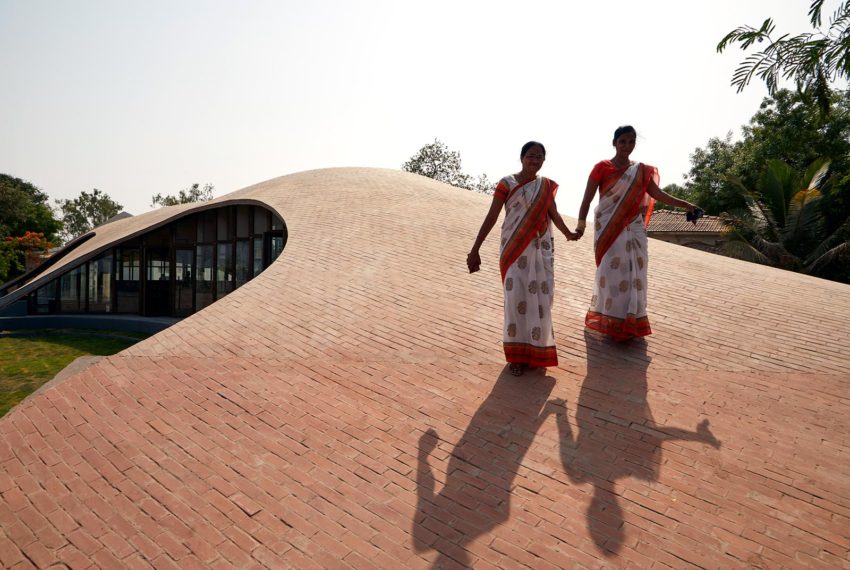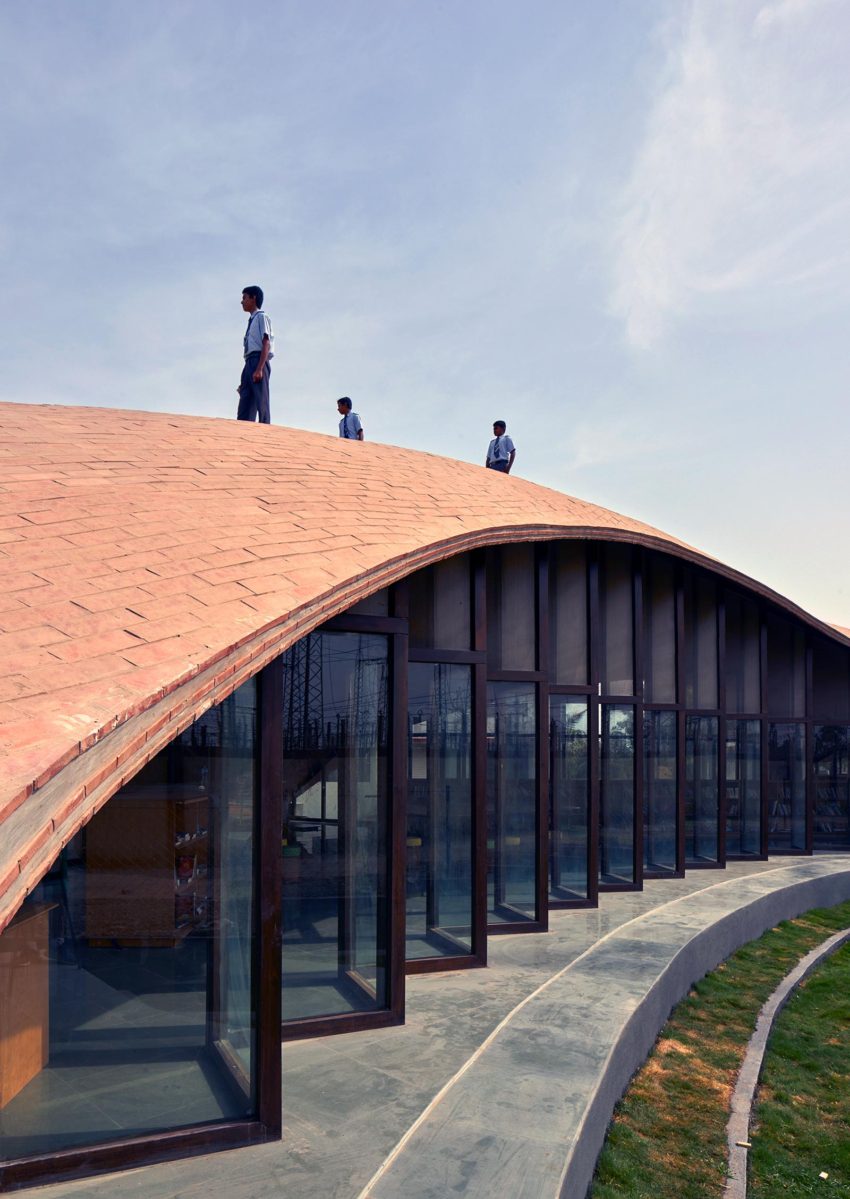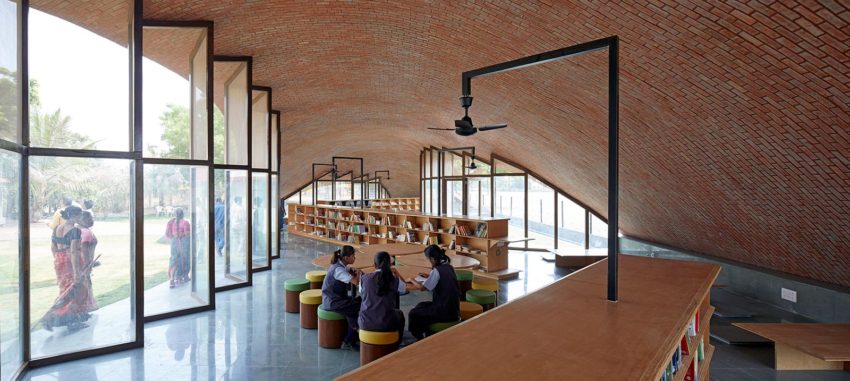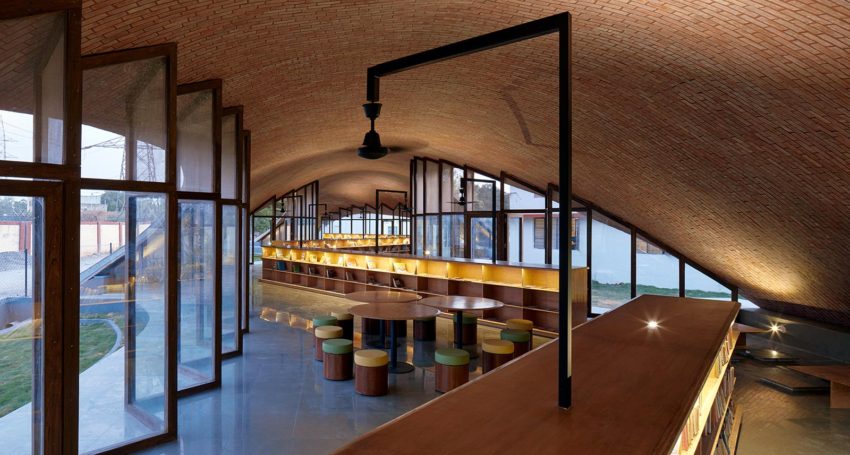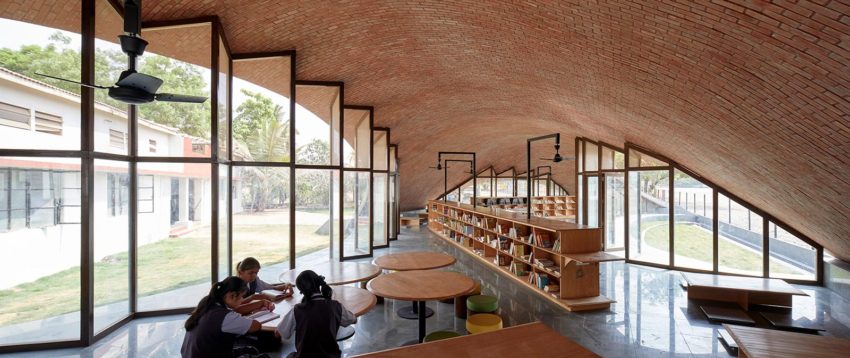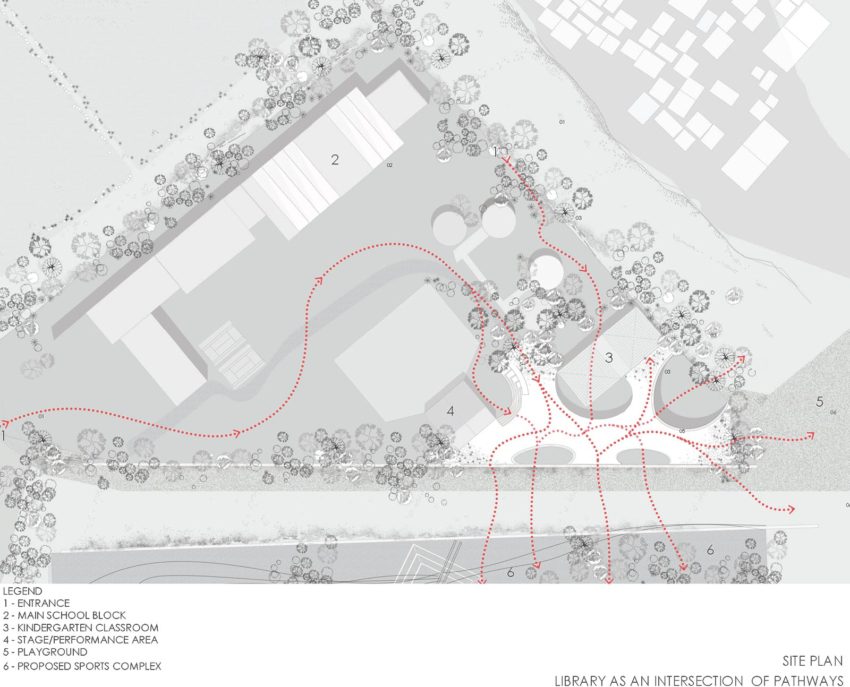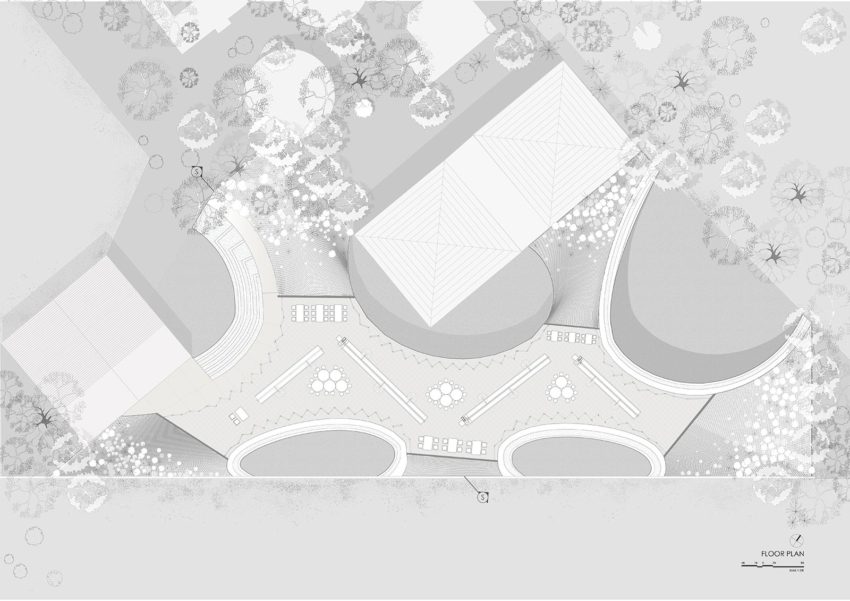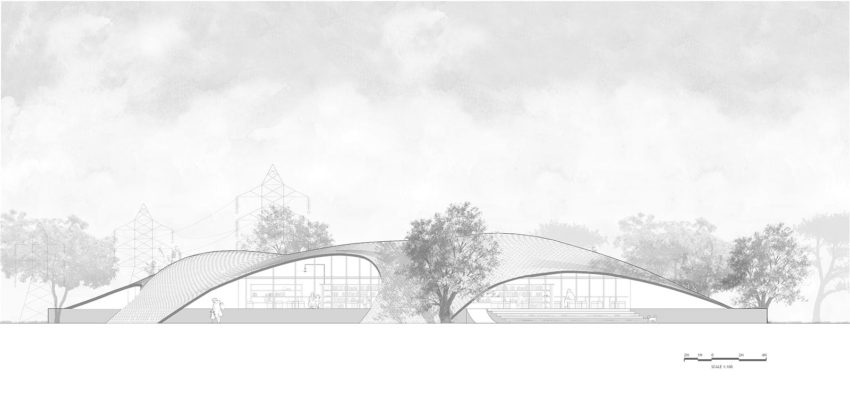In 2018 Indian architecture firm Sameep Padora and Associates completed the Maya Somaiya Library in Maharashtra, India. Inspired by the material efficiencies of the Catalan tile vault, the library becomes a formal extension of the ground plane where children can play and learn.
Maya Somaiya Library Technical Information
- Architects1-4: sP+a (Sameep Padora and Associates)
- Location: Kopergaon, Maharashtra, India
- Client: Somaiya Vidyavihar
- Topics: Bricks, Library, Organic Architecture, Catalan Vault
- Area: 3 acres
- Total floor area: 5,750 square feet
- Project Year: 2014 – 2018
- Photographs: © Edmund Sumner
Alluding to the impetus that children have towards landscape over a building, we imagined the library building to be a formal extension of the ground plane – a place inside to study and a place above to play.
– Sameep Padora Architects
Maya Somaiya Library Photographs
Text by the Architects
The site chosen for this small addition of a children’s library within a school in rural Maharashtra was a sliver between existing buildings and the school boundary. This site almost implied a linear building footprint to adjust the program for the chosen location.
Alluding to the impetus that children have towards landscape over a building, we imagined the library building to be a formal extension of the ground plane – a place inside to study and a place above to play. With the limited teaching resources available in the broader vicinity, we needed the inspiring spatial experience to be a magnet to attract students and hopefully other residents from the nearby settlements after school hours.
On our first visit to the site, it was interesting to see Geodesic structures built by an engineer for a few school buildings. We were somewhat encouraged by this to pursue a project that followed from construction intelligence. We hence parsed through several possible material configurations ranging from concrete shells to brick vaults for building this ‘architectural landscape.’
At this point, we were captivated by the material efficiencies of the Catalan tile vault from the 16th century. Gustavino uses it in the early 19th century, and finally, the incredible details from Eladio Dieste from the mid-twentieth century. While working with the specific site condition, we used Rhino Vault developed by the Block Research Group at the ETH to articulate a pure compression form.
The library lies at the intersection of a student’s daily routine. It became a pavilion accessed from multiple sides, with students potentially engaging with books while traversing through the library or over it.
The library interior has varied spatial & seating systems, a floor stool system towards the edges for a more intimate study area, and towards the center, tables, and stools for collaborative study. The self-structured window bays are striated profiles for increased stability with economic window section sizes.
The construction technology for the project also makes a case to reexamine the old binaries of the global and local as being in opposition. The regional or the local within the South Asian paradigm typically manifest within strict formal constraints of the style in memory. This is often at the expense of material efficiencies.
Our effort to search for a material and construction efficiency in brick tile looked to leverage the networks of knowledge that our practices are situated in, allowing us to enrich the regional or local through the extended capacities of the global.
In using principles ranging from the Catalan Tile Vaulting system to the compression ring detail from the work of Eladio Dieste in Uruguay to using a form-finding software plugin made in Switzerland, the library is a resultant of not only lessons learned from various geographic locations but also different lessons through time/history.
Maya Somaiya Library Plans
Maya Somaiya Library Image Gallery

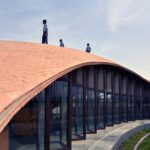
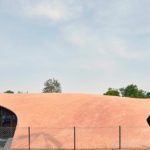
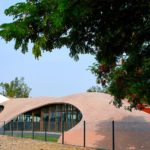
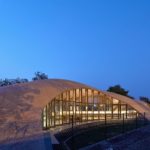

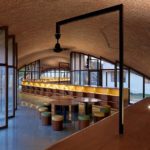
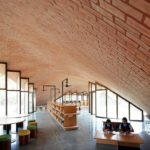
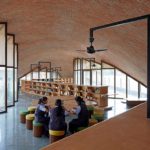
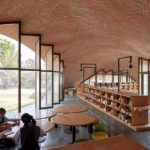
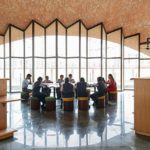
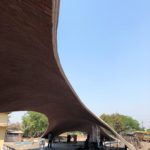


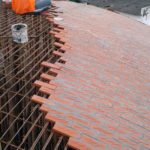
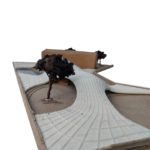
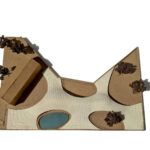
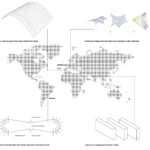
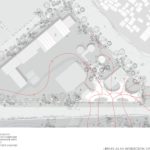
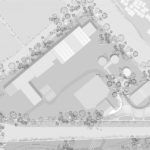

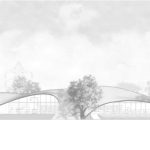
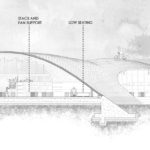
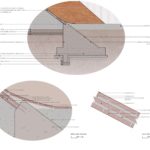
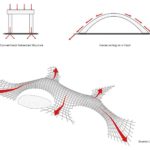
About Sameep Padora and Associates
sP+a approach is to look to context as a repository of latent resources connecting production process and networks, appropriating techniques beyond their traditional use while allowing them to evolve and persist not just through preservation but also through evolution.
Other works from Sameep Padora & Associates
- Design Team: Vami Seth Koticha, Archita Banerjee, Manasi Punde, Aparna Dhareshwar
- Structural engineering: Foundation Design: Sameer Sawant. Superstructure: Rhino Vault, Vivek Garg
- Contractor: Rajesh Murkar, Milind Naik
- Site Supervision: Zubair Kachawa

